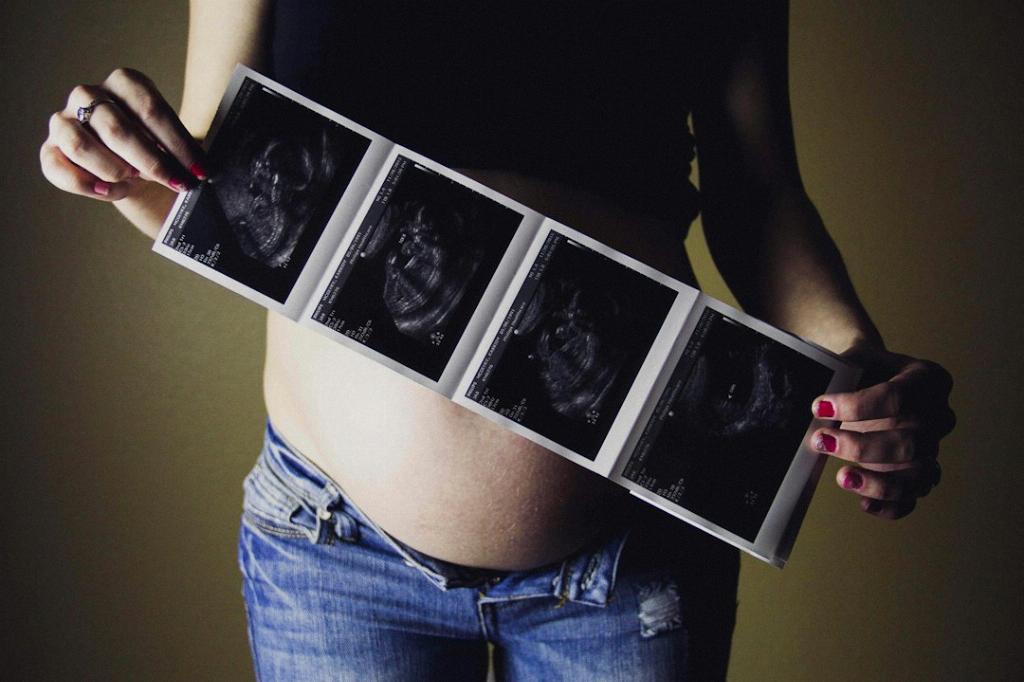During pregnancy, measuring your bump plays a crucial role in monitoring the growth and development of your baby. One common method used by healthcare providers to measure a pregnant woman’s bump is through a technique known as fundal height measurement. This method involves determining the distance in centimeters from the pubic bone to the top of the uterus.
Importance of Fundal Height Measurement
Measuring the bump helps healthcare providers track the growth of the baby and evaluate the progress of the pregnancy. By monitoring fundal height, healthcare professionals can discern if the baby is growing at a normal rate and if the pregnancy is progressing as expected.
When is Fundal Height Measured?
Fundal height measurement is typically performed during prenatal check-ups. Starting around the 20th week of pregnancy, healthcare providers will begin to measure your bump regularly to ensure that your baby is developing properly.
How is Fundal Height Measured?
Typically, fundal height is measured using a measuring tape. The healthcare provider will gently press on the top of your uterus and measure from the pubic bone to the top of the uterus. The number of centimeters measured correlates with the estimated gestational age of your baby.
Interpreting Fundal Height Measurements
After the 24th week of pregnancy, it is expected that the fundal height measurement will closely align with the number of weeks of pregnancy, give or take around 2 centimeters. This correlation helps healthcare providers ensure that the baby is growing as expected.
Factors Affecting Fundal Height Measurements
Several factors can influence fundal height measurements, including the position of the baby, the amount of amniotic fluid, and the mother’s body type. These variables can sometimes lead to slight discrepancies in measurements.
What Do Abnormal Measurements Indicate?
If fundal height measurements deviate significantly from the expected range, it may indicate potential issues with the baby’s growth or development. In such cases, additional tests or ultrasounds may be required to further evaluate the situation.
Should I Be Concerned About Fundal Height Measurements?
Minor variations in fundal height measurements are common and may not necessarily indicate a problem. However, consistent deviations from the expected range may warrant further investigation to ensure the wellbeing of both the mother and the baby.
Communicating with Your Healthcare Provider
If you have any concerns about your fundal height measurements or the growth of your baby, it is essential to communicate openly with your healthcare provider. They can address your questions, provide guidance, and recommend any necessary interventions.
Staying Informed and Empowered
By understanding the significance of fundal height measurements during pregnancy, you can actively participate in monitoring the progress of your pregnancy and the growth of your baby. Staying informed and engaged in your prenatal care can help ensure a healthy pregnancy and delivery.
Final Thoughts
Measuring your bump during pregnancy through fundal height measurements is a valuable tool for assessing the growth and development of your baby. By working closely with your healthcare provider and staying informed about the process, you can contribute to a positive pregnancy experience and the best possible outcome for you and your little one.

